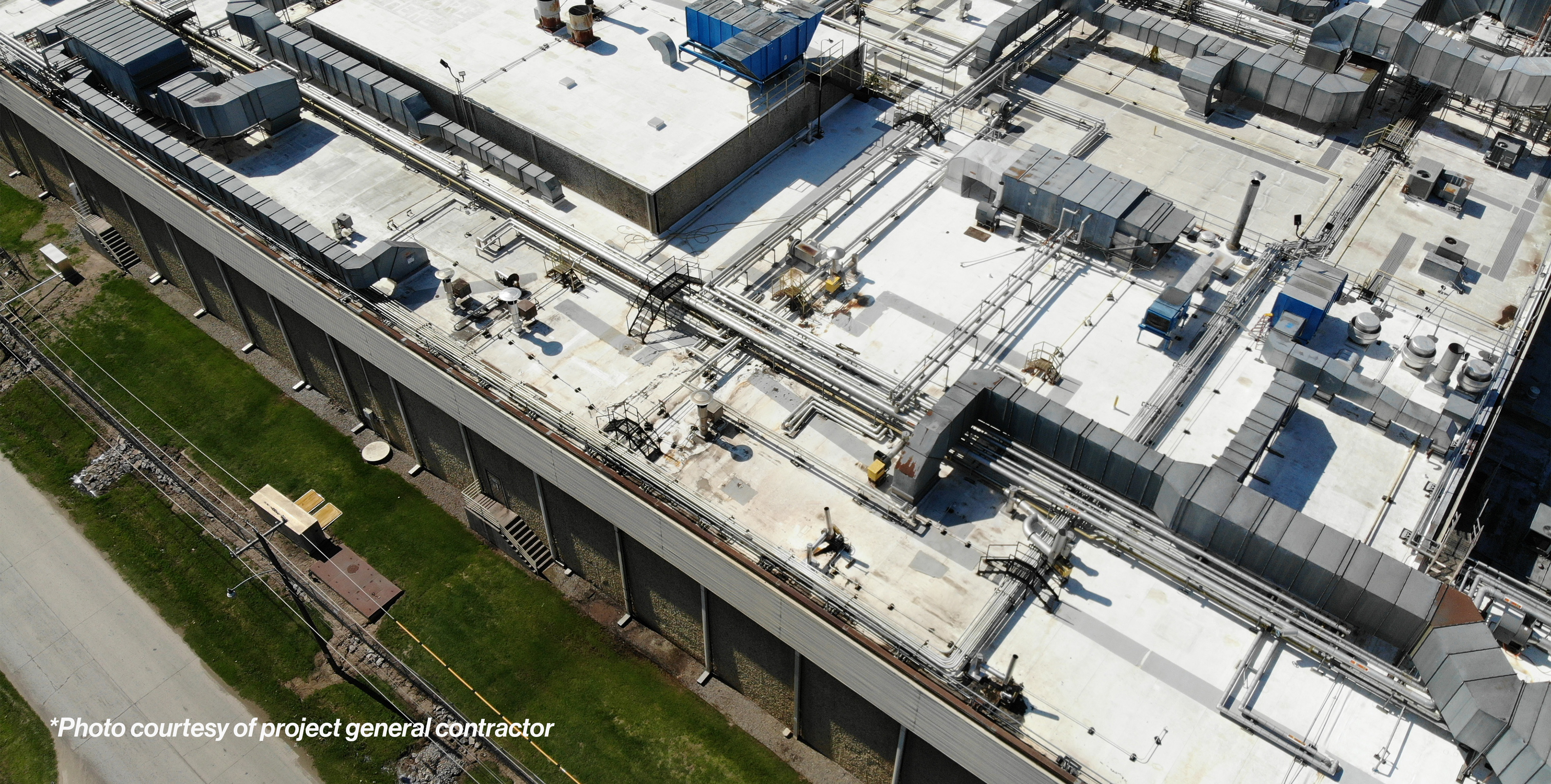In April 2018 ASHRAE published a new standard titled ANSI/ASHRAE Standard 209-2018: Energy Simulation-Aided Design for Buildings Except Low-rise Residential Buildings. The document addresses an industry topic that has often been ill-defined and in need of standardization; “Conducting building energy modeling for the purposes of design has often been considered more art than science.” says HFA Mechanical Engineer Scott West. Scott served as a voting member to ASHRAE Standard Project Committee 209 and worked on the standard’s development starting in 2012. We caught up with Scott about ASHRAE Standard 209 as an ASHRAE Journal article he co-authored was published for the December 2019 edition.
Q: Why is ASHRAE Standard 209-2018 significant?
A: ASHRAE Standard 209 is the first industry standard published with the purpose of establishing a framework for using energy simulation to inform the design process. Building owners and design teams are probably familiar with energy modeling at the conclusion of the design phase when used for energy code compliance or a beyond-code rating system such as LEED. This is known by energy modeling practitioners as compliance modeling, and it essentially serves as a scorecard to the project team on how your building should perform. However, many industry experts believe that this represents a missed opportunity as simulation can be used to evaluate different design variables and combinations of energy saving measures before drawings are finalized and the project goes in for permit.
Q: Why is it important to examine this topic now?
A: Buildings account for approximately 40% of primary energy use in the US and are a significant source of carbon emissions. The buildings sector has also been identified as having the most cost-effective and achievable potential for energy savings when compared to other industries. Major organizations in the US building industry made a pledge over a decade ago that we should target net zero energy use and have it become the norm for new building design by 2030. This target seemed quite abstract at the time of these pledges but now that we’re about to enter the 2020s, it’s time for the rubber to meet the road.
Q: What is a key take-away from Standard 209?
A: I think the key take-away from this standard, and my own experience on projects, is that building energy modeling is iterative. The concept of a modeling cycle is central to the Standard 209 framework with the idea that the purpose and level of detail in a building model will evolve depending on where you are in the phases of a project. There are many different types of building energy modeling objectives and this standard helps to establish common approaches and procedures for the project team to follow during this process.
Q: What advice would you give to building owners and design teams looking to incorporate energy modeling into design?
A: Building energy simulation for design is, at its core, a balancing act. Energy modeling practitioners need to be embedded within a project team in order to support timely decision-making by designers. The energy modeler needs to have a good feel for the right level of detail required for model inputs at different phases in the design process and have a good instinct for when it’s worth the time to drill in deeper on certain aspects of a design. Referencing ASHRAE Standard 209-2018 for a scope of work is a great way to ensure your project has a solid framework in place to maximize energy savings and the overall chance of success.


.png)
.jpg)



.png)
.png)


